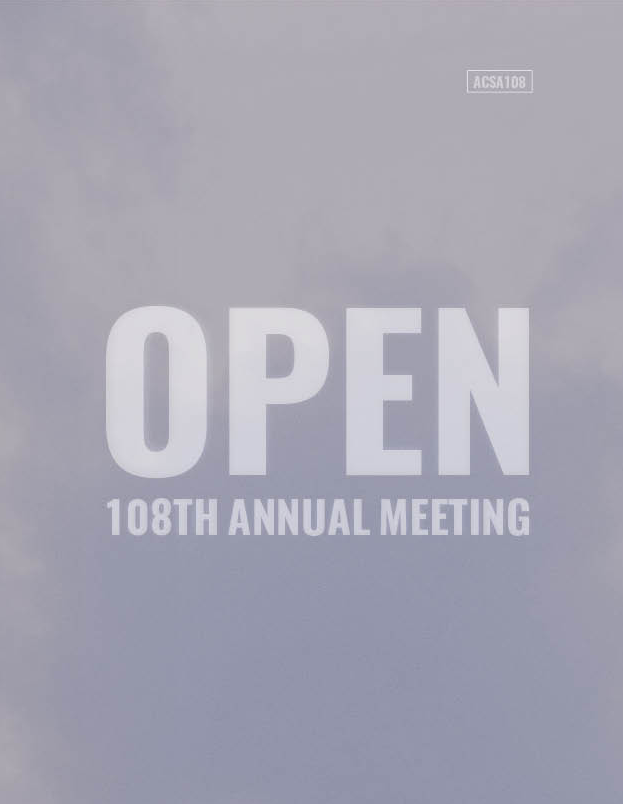Author(s): Alfredo Andia & Thomas Spiegelhalter
In the last two decades, large portions of the USA and the European economy has been radically transformed by automation. However, the impacts of digitalization in the Design and Construction sector have been restricted to the use of software such as CAD, BIM or project management programs. These technological implementations have not radically transformed the way we build our environments. The lack of productivity in the construction industry has had many impacts on our cities. Today the lack of affordable housing, labor shortages in construction, and an inability to respond with significant innovation to reduce emissions in a significant way are major themes in international discourses. In this article, we argue that to truly transform the construction industry we need to rethink the whole process of design and construction. In other words, it is not about improving current practices of design and construction but about envisioning machines that can design and build faster, cheaper, and greener. In this article, we argue that since 2015 construction processes that are called “Offsite” have begun to emerge with significant traction. Offsite construction refers to processes that plan, design, manufacture and assemble elements of the construction of buildings away from the building site. Generally, “offsite” construction occurs in large industrial warehouses. In this method, the building sites become places in which crews mount quickly different construction elements that were created in warehouses far from the building location. At the core of this paper, we examine how “offsite” construction will impact architectural thinking. We look at the work of enterprises such as NBBJ, Broad Group, Randex, Katerra, and BLOX. Architects in “offsite” manufacturing ventures are beginning to focus more on the variation of a particular program type and finding opportunities to produce standards that could guide a more rational manufacturing process while maintaining customization.
https://doi.org/10.35483/ACSA.AM.108.123
Volume Editors
ISBN
978-1-944214-26-5

 Study Architecture
Study Architecture  ProPEL
ProPEL 
